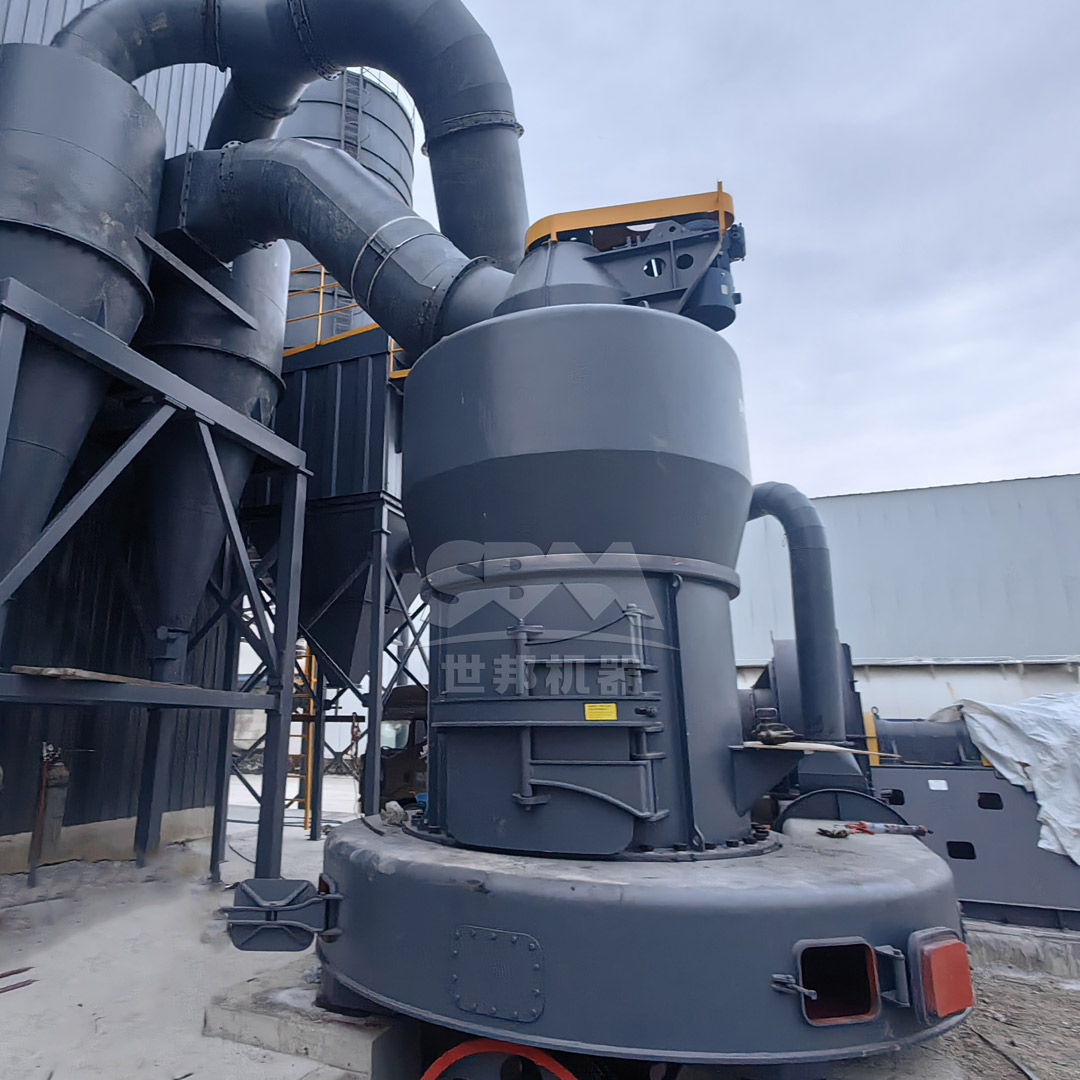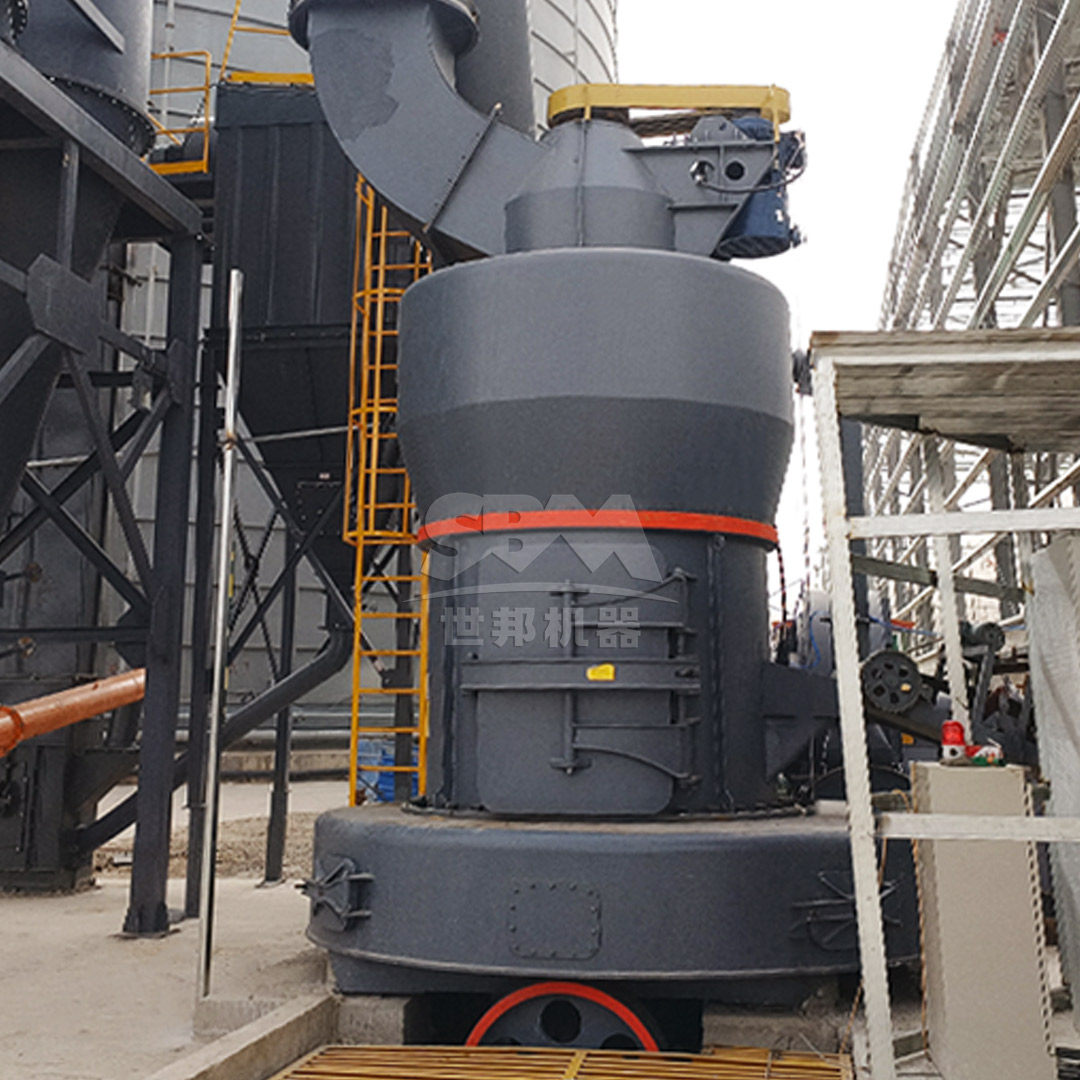The production of high-quality construction aggregates from limestone is a complex process that demands precision, efficiency, and a deep understanding of material science. Limestone, a sedimentary rock composed primarily of calcite, is a fundamental raw material for a vast array of construction applications, including concrete, asphalt, and cement production. The quality of the final product is intrinsically linked to the grinding process, which determines the particle size distribution, shape, and surface area of the aggregate. Optimizing this process is not merely a matter of reducing particle size; it is about achieving the specific physical characteristics that enhance the performance and durability of construction materials. This article delves into the critical aspects of limestone grinding and explores how advanced milling technology can be leveraged to produce superior construction aggregates.

The properties of construction aggregates are profoundly influenced by their granulometry. A well-graded particle size distribution ensures optimal packing density, which reduces the void content in concrete and asphalt mixes. This leads to higher strength, reduced permeability, and less demand for binding agents like cement or bitumen. Furthermore, the shape of the particles is crucial; cubical particles provide better interlocking and mechanical strength compared to flaky or elongated particles, which can create weaknesses in the final structure. Therefore, the grinding equipment must not only achieve the desired fineness but also produce particles with favorable morphology. Impact and compression grinding mechanisms are often preferred over pure attrition to generate more cubical particles.
Grinding limestone presents several technical challenges. Firstly, its abrasiveness can lead to rapid wear of grinding components, increasing maintenance costs and causing contamination of the final product with metal residues. Secondly, the moisture content of the raw material can affect grindability and lead to clogging in the mill. Thirdly, the process must be energy-efficient, as comminution is notoriously energy-intensive, often representing a significant portion of a plant’s operating costs. Finally, environmental regulations mandate strict control over dust emissions and noise pollution, requiring grinding systems to be fully enclosed and equipped with efficient dust collection systems.
Choosing the appropriate mill is paramount for optimization. The selection depends on the required product fineness, capacity, moisture content of the feed, and capital and operational expenditure constraints.
For producing aggregates in the coarse to medium range, such as those used in asphalt mixes or as a cement raw meal, robust and high-capacity mills are essential. Our MTW Series European Trapezium Mill is exceptionally well-suited for this application. Its advanced engineering addresses the core challenges of limestone processing.
| Model | Feed Size (mm) | Output Fineness (mesh) | Capacity (t/h) | Main Motor Power (kW) |
|---|---|---|---|---|
| MTW138Z | ≤35 | 10-325 | 6-17 | 90 |
| MTW175G | ≤40 | 10-325 | 9.5-25 | 160 |
| MTW215G | ≤50 | 10-325 | 15-45 | 280 |
The MTW Mill’s technological advantages directly contribute to optimized limestone grinding:

When the application demands ultra-fine limestone powder, such as for high-performance concrete additives or specialized industrial fillers, a different level of technology is required. Our SCM Series Ultrafine Mill is the industry benchmark for producing high-purity, ultra-fine powders from limestone.
| Model | Feed Size (mm) | Output Fineness (mesh) | Capacity (t/h) | Main Motor Power (kW) |
|---|---|---|---|---|
| SCM1000 | ≤20 | 325-2500 (D97≤5μm) | 1.0-8.5 | 132 |
| SCM1250 | ≤20 | 325-2500 (D97≤5μm) | 2.5-14 | 185 |
| SCM1680 | ≤20 | 325-2500 (D97≤5μm) | 5.0-25 | 315 |
The SCM Ultrafine Mill excels in producing the highest quality limestone powder through its unique features:
Optimization extends beyond the mill itself. A holistic systems approach includes:

Optimizing the grinding process for limestone is a critical factor in producing high-quality construction aggregates that meet the stringent demands of modern infrastructure. It requires a careful balance between particle size control, energy consumption, equipment wear, and environmental compliance. By selecting advanced milling technology, such as the MTW Series European Trapezium Mill<\/strong> for coarse-to-medium grinding or the SCM Series Ultrafine Mill<\/strong> for high-precision ultra-fine applications, producers can achieve superior product quality, significantly reduce operational costs, and enhance their overall productivity. Investing in the right grinding solution is not an expense but a strategic move towards sustainable and profitable operations in the competitive construction materials industry.<\/p>